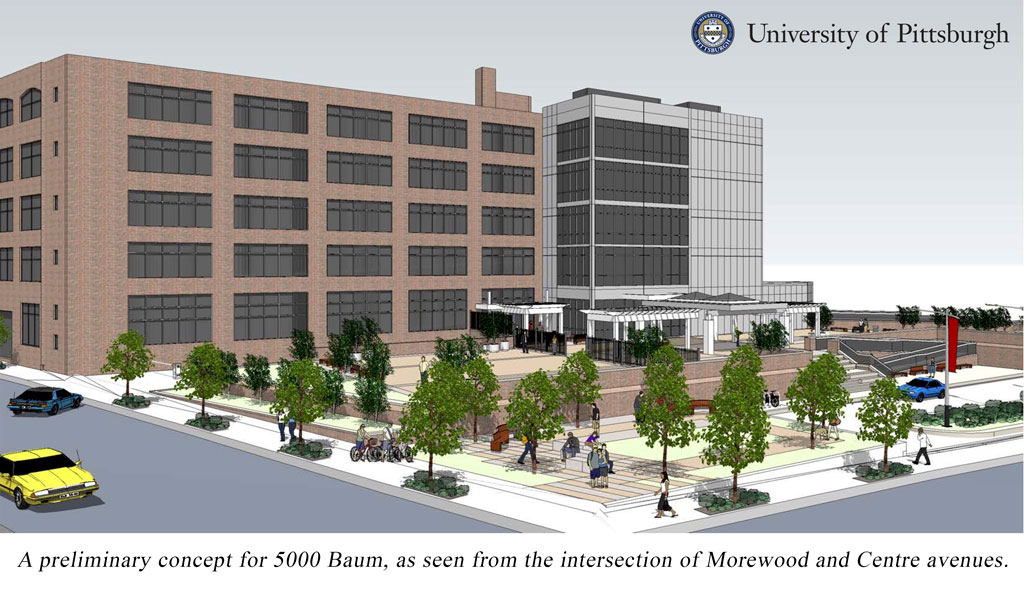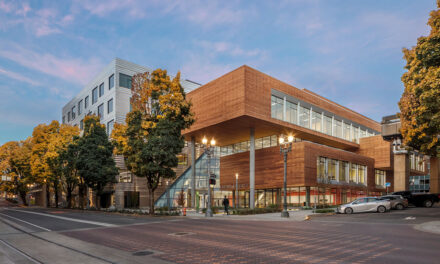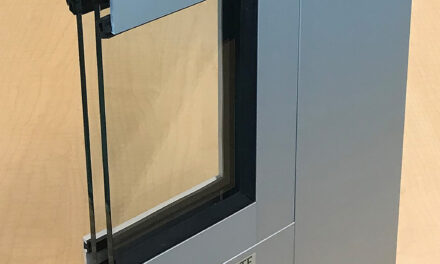PITTSBURGH, Feb. 13, 2018 – The University of Pittsburgh and UPMC are once again partnering to advance the pace of life-changing innovation in the region and beyond.
Pitt and UPMC leaders today announced plans to establish the new UPMC Immune Transplant and Therapy Center (ITTC), with much of its activity planned within an eight-story innovation hub—all part of a concerted effort to harness the power of the human immune system to treat and cure a wide range of diseases.
As part of the collaboration, UPMC has made a $200 million commitment to ITTC, and the University will transform a century-old building at 5000 Baum Boulevard into a world-class space for labs, offices, startup companies, and industry partners.
5000 Baum represents the University’s most significant contribution thus far to strengthening a regional innovation district aimed at spurring jobs and economic growth in western Pennsylvania.
“Today opens an exciting new chapter in our ability to partner with others to advance the University of Pittsburgh’s mission of using knowledge for society’s gain,” said Pitt Chancellor Patrick Gallagher. “We are creating an unprecedented ecosystem—one that connects basic science discoveries from Pitt with life-changing advances from UPMC while leveraging the catalytic power of industry partners. It’s a combination that will transform immunotherapy care and help us tackle some of medicine’s greatest challenges.”
Backed by decades of pioneering research at Pitt, UPMC’s initial three-year funding commitment for ITTC seeks to dramatically accelerate the pace at which medical teams can utilize new research. This investment will help pinpoint the most promising advances in immunology that are capable of enhancing human health. The center’s work will initially focus on three major areas: transplantation, cancer, and aging and chronic diseases.
“The ITTC represents an endeavor that is at the heart of UPMC’s mission—to develop and deliver life-changing medicine. By investing in extraordinary people and groundbreaking research today, we will define tomorrow’s health care, right here in Pittsburgh,” said UPMC President and Chief Executive Officer Jeffrey Romoff.
Growing the Innovation District
5000 Baum, built by Ford Motor Co. in 1915, is a 200,000-square-foot facility that functioned as part-assembly plant, part-showroom.
The property represents Pitt’s largest development project to date aimed at strengthening the city’s innovation district. The renovation—which is projected to take more than two years—is expected to create thousands of local jobs.
The University’s other investments in Pittsburgh’s Innovation District, which is being strategically developed under the newly established InnovatePGH partnership, includes projects on Forbes Avenue, as well as the launch of the life sciences initiative LifeX.
The Innovation District effort follows the recommendations of a recent Brookings Institution report that noted the potential for Pittsburgh to flourish economically by capitalizing, in part, on its assets in the life sciences.
ITTC Speeds Path to Breakthroughs
ITTC researchers will be able to quickly test ambitious, high-reward projects and translate them from bench to bedside, a process that can be complex and arduous under traditional funding mechanisms, such as government funding and other types of grants.
For instance, research and clinical trials through ITTC are seeking to eliminate the need for immunosuppressants in organ transplantation, avoiding the long-term side effects faced by patients. And ITTC-funded researchers are applying their understanding of how tumor cells and immune cells interact with each other to develop personalized therapies that can be used to treat any cancer effectively.
In concert with UPMC Enterprises, ITTC is expected to commercialize new therapies more quickly, spreading these medical advances worldwide while generating funds for more scientific breakthroughs.




